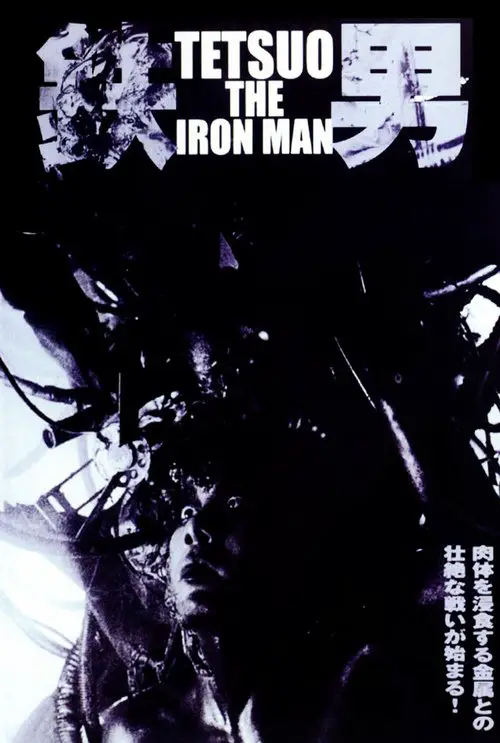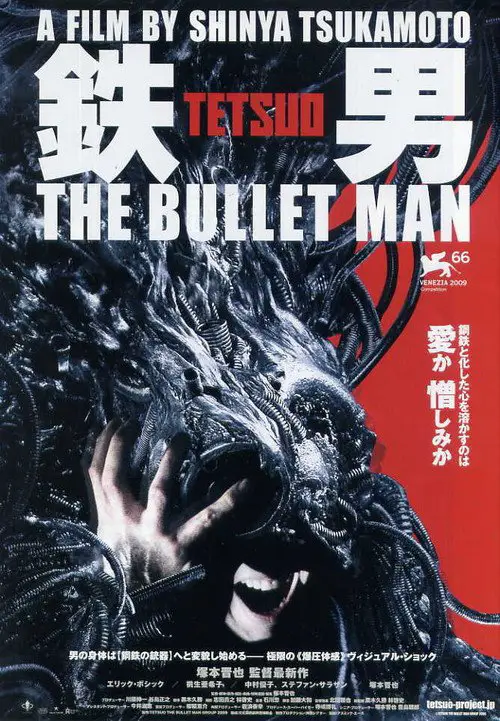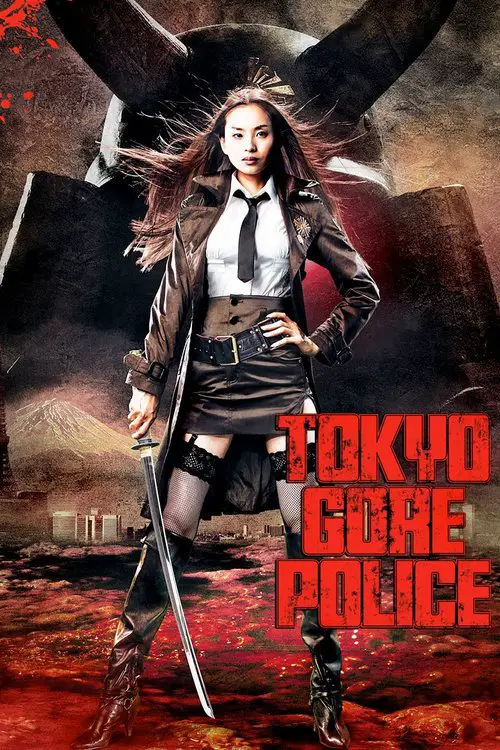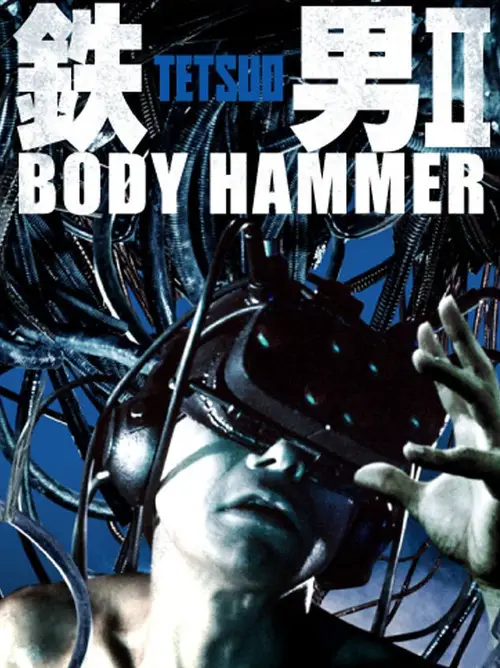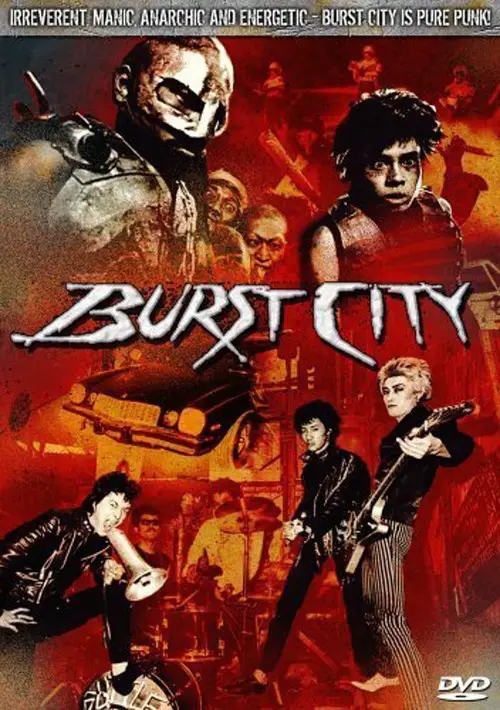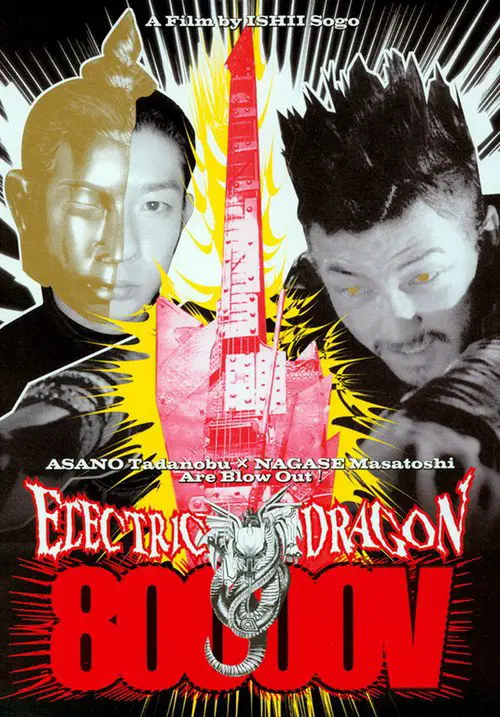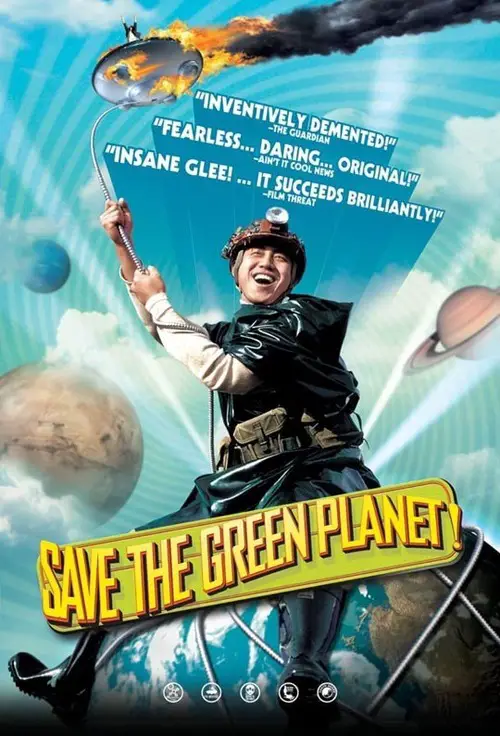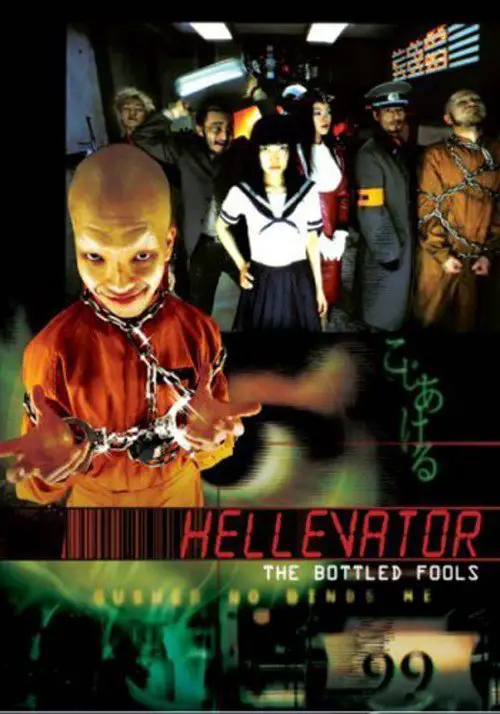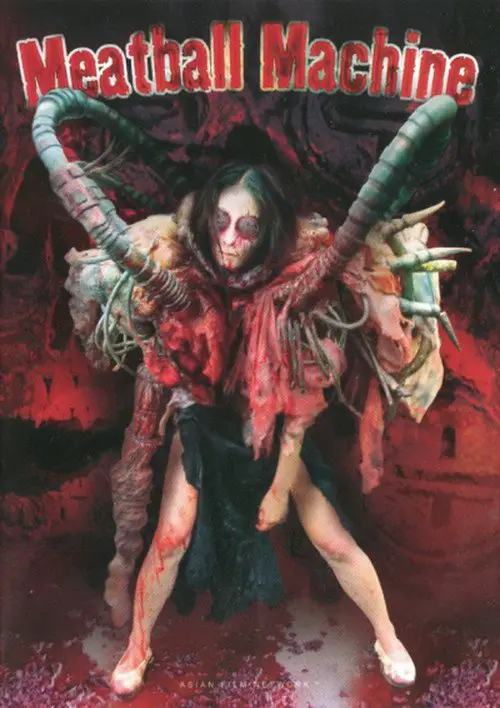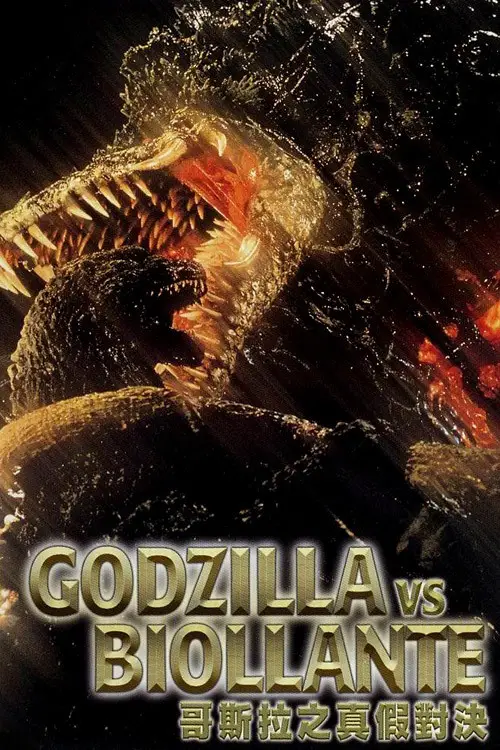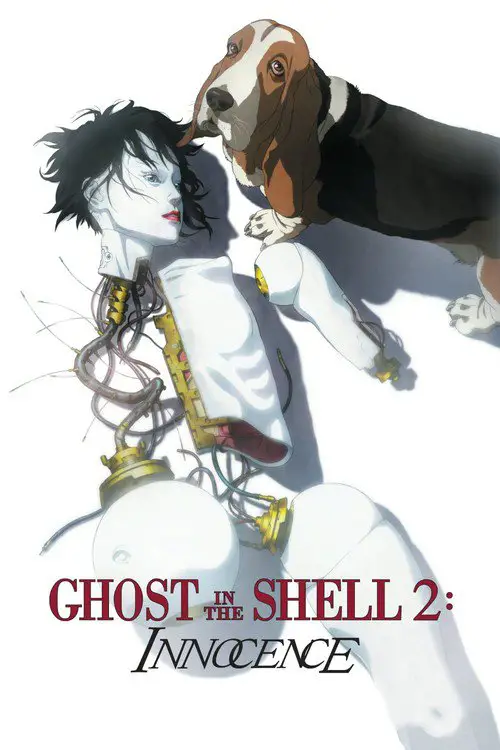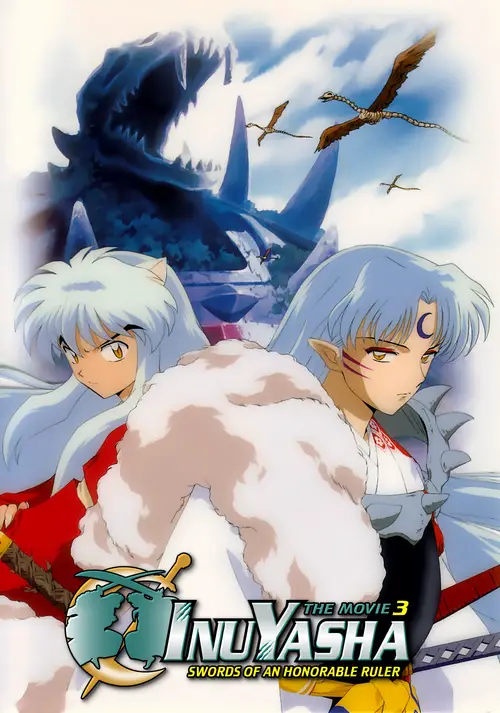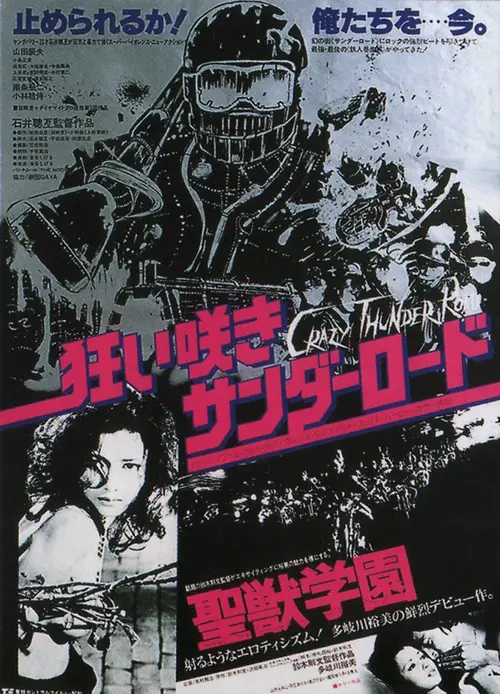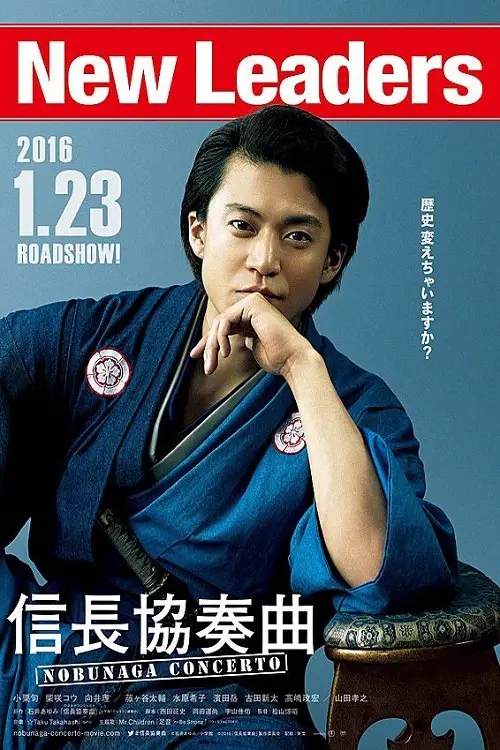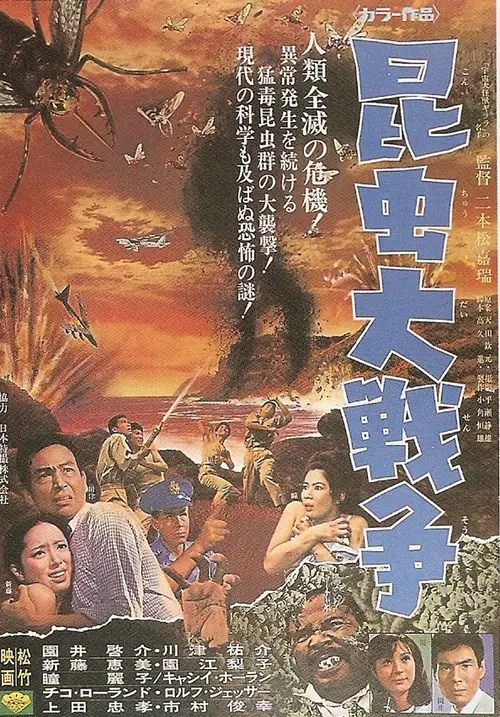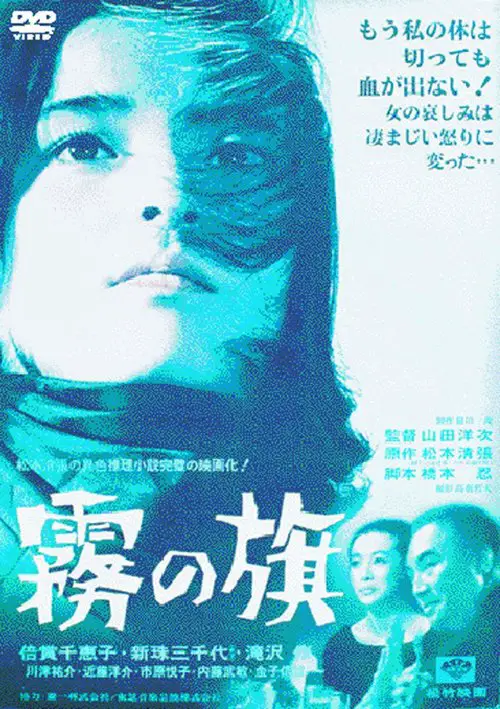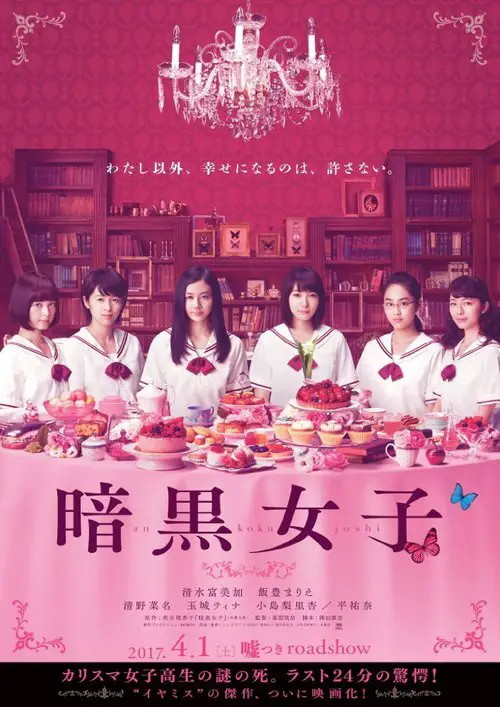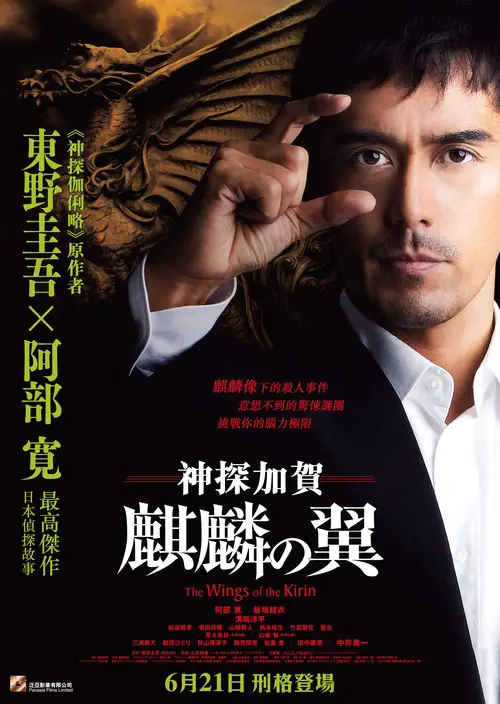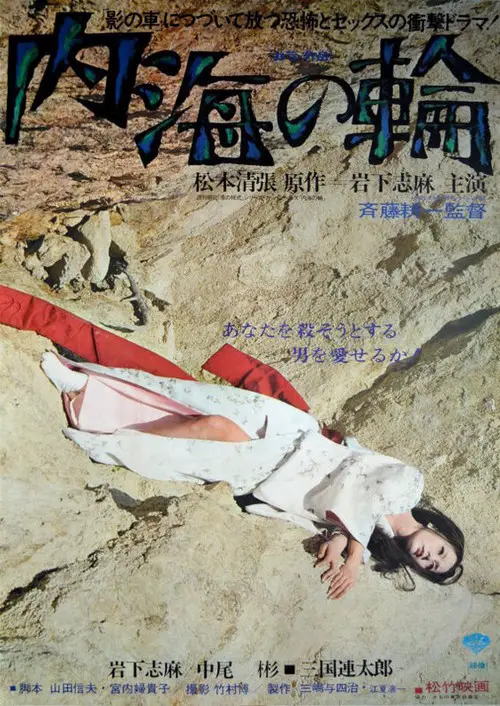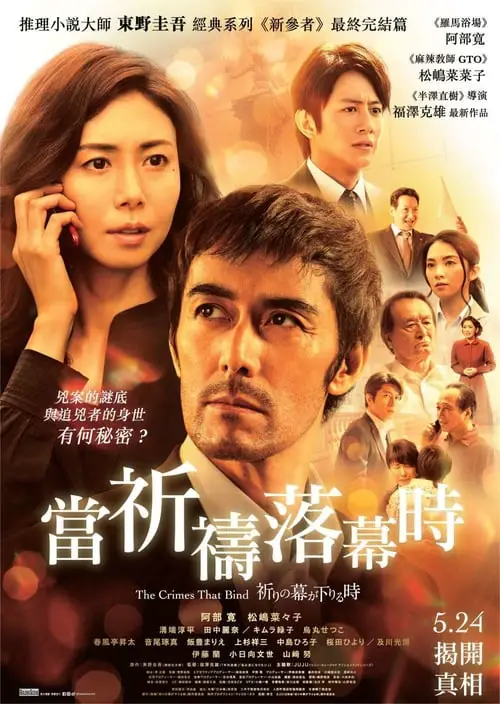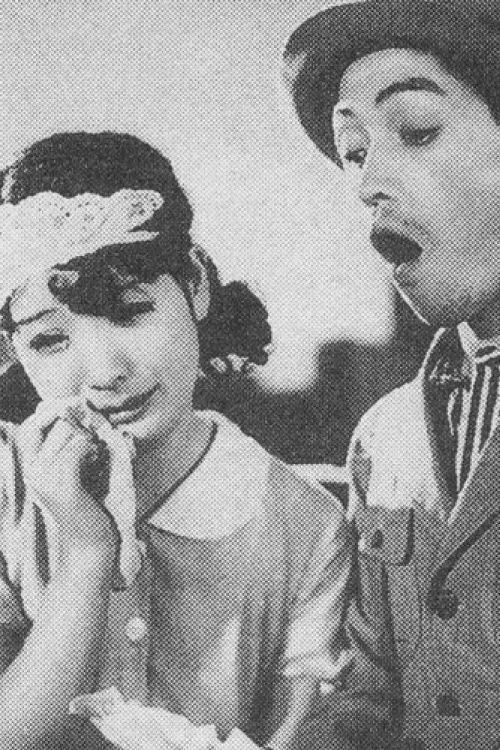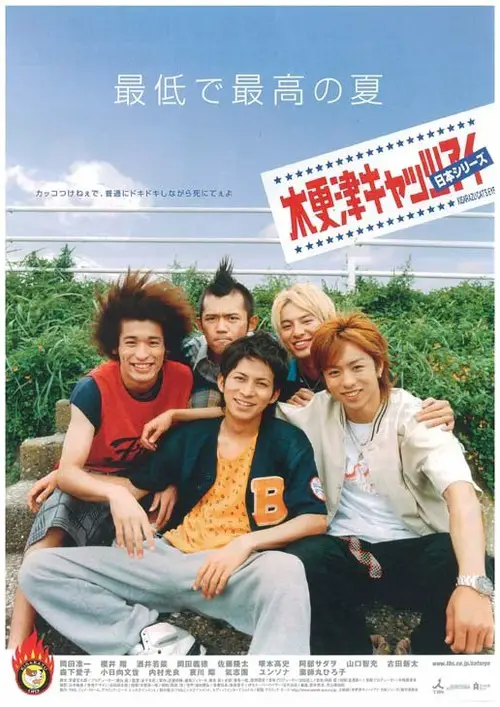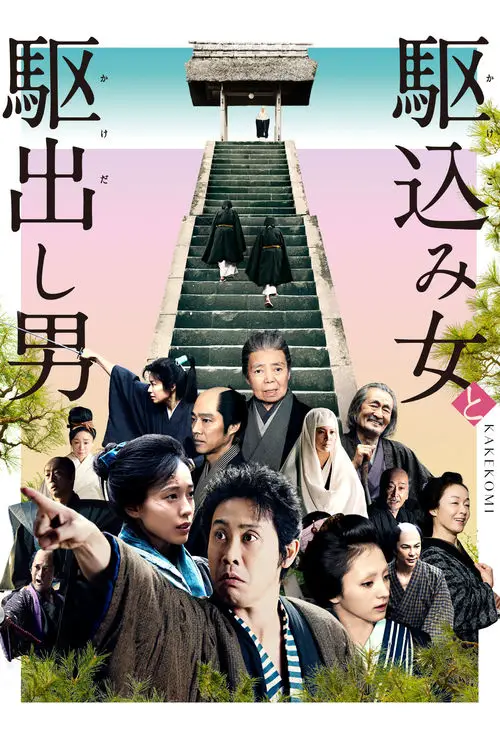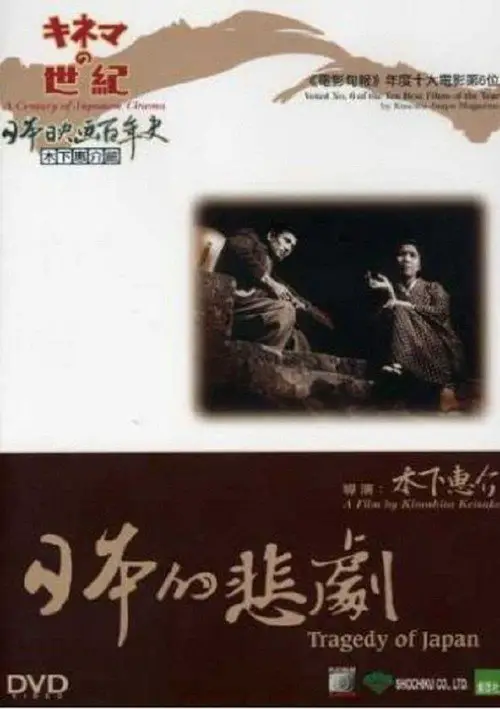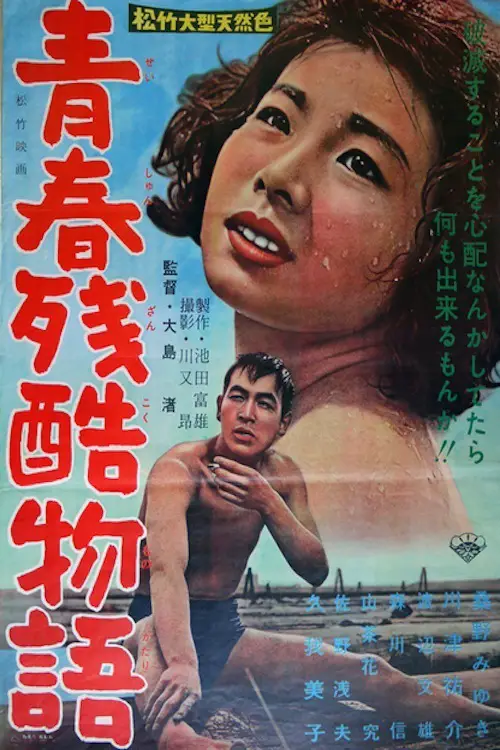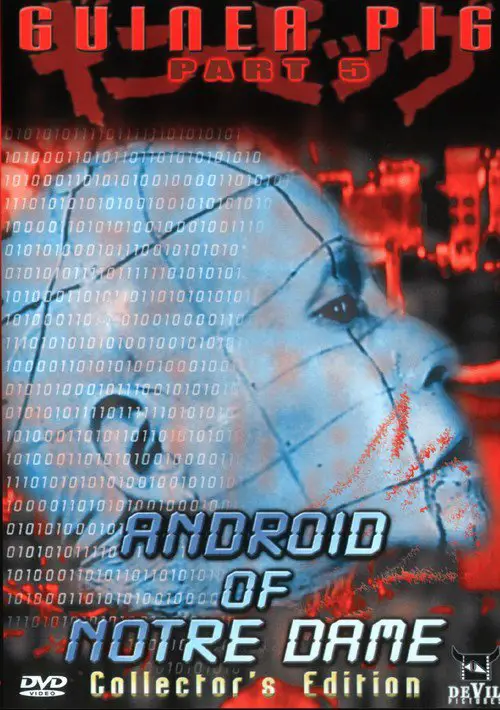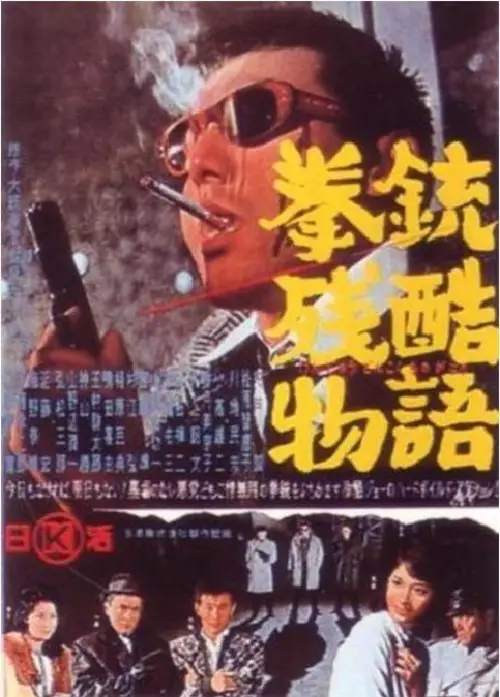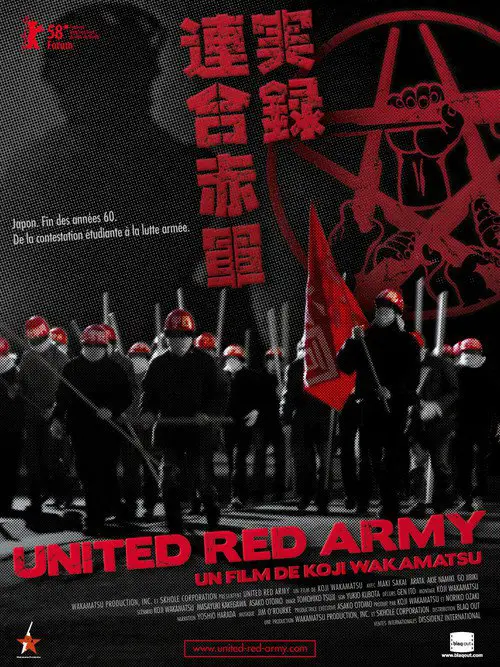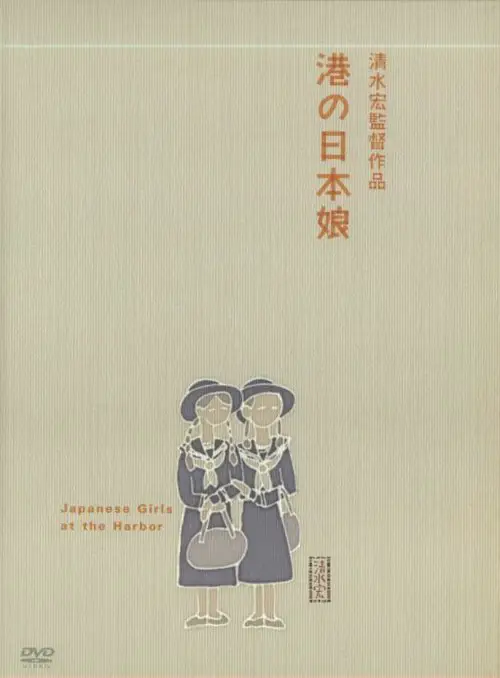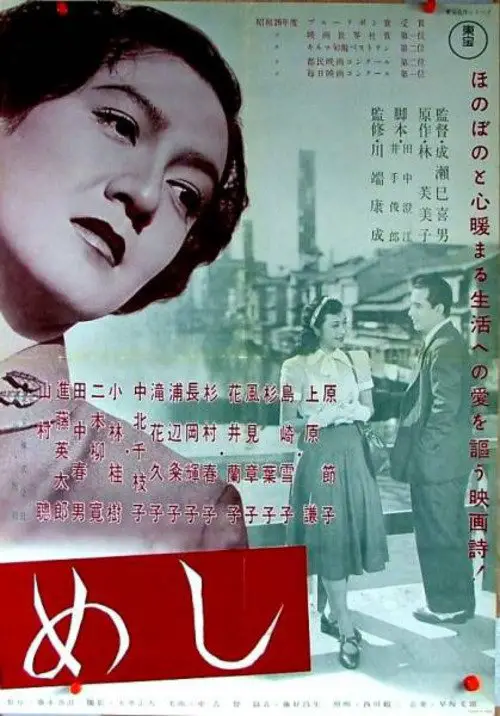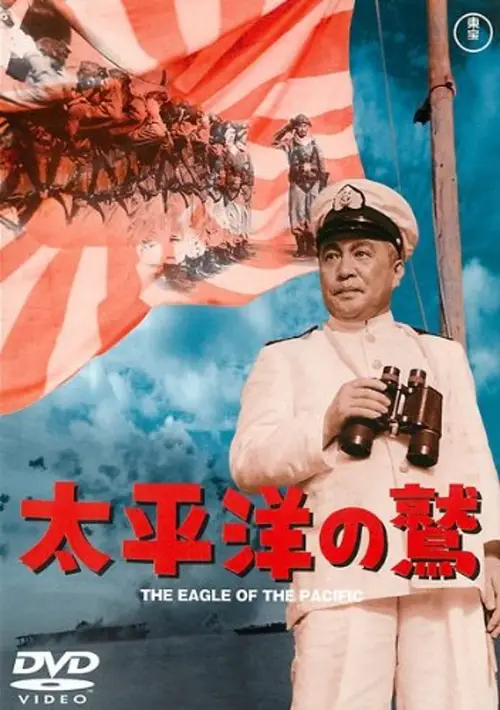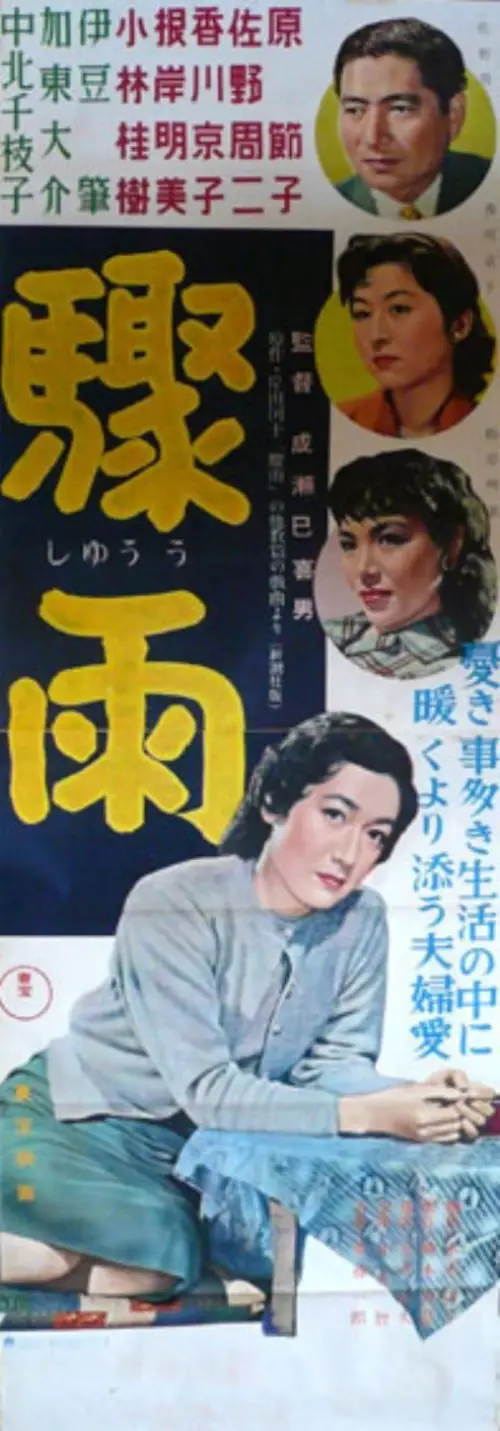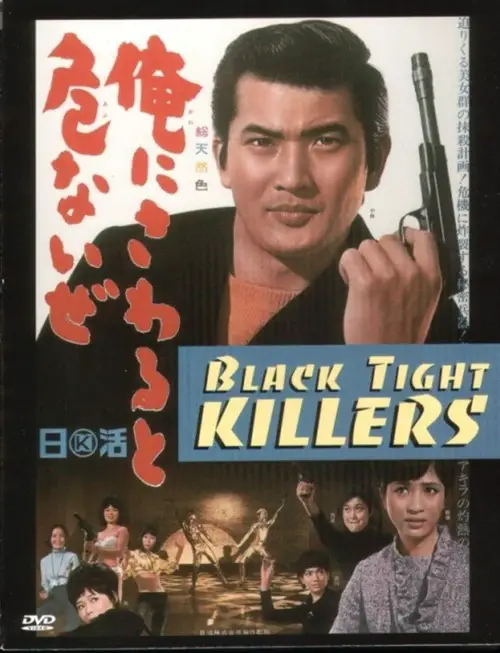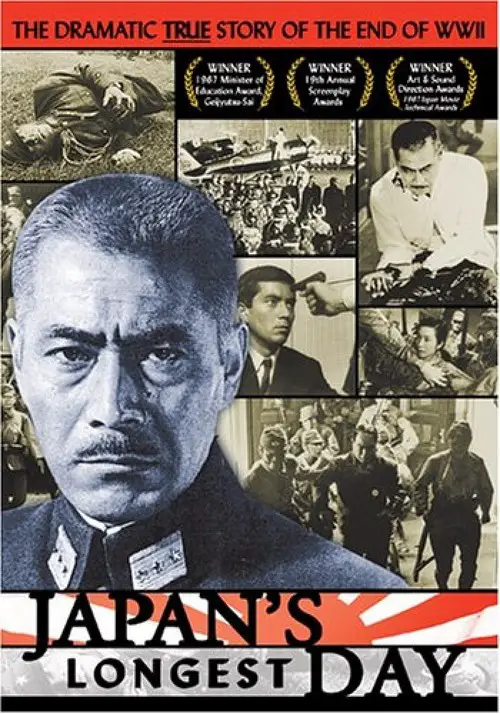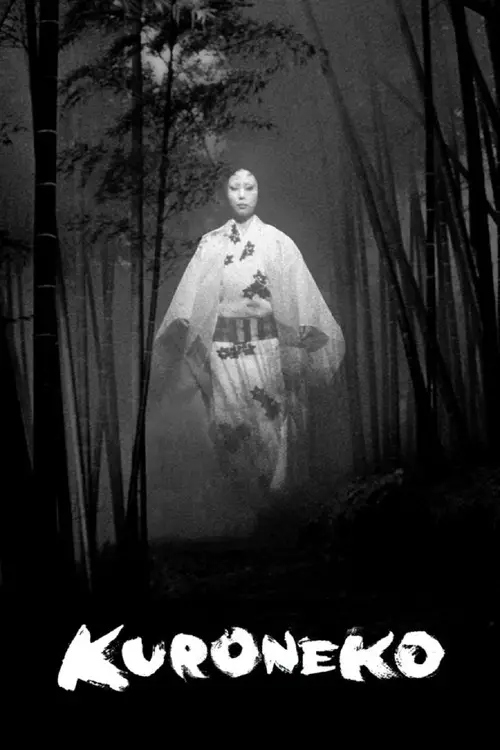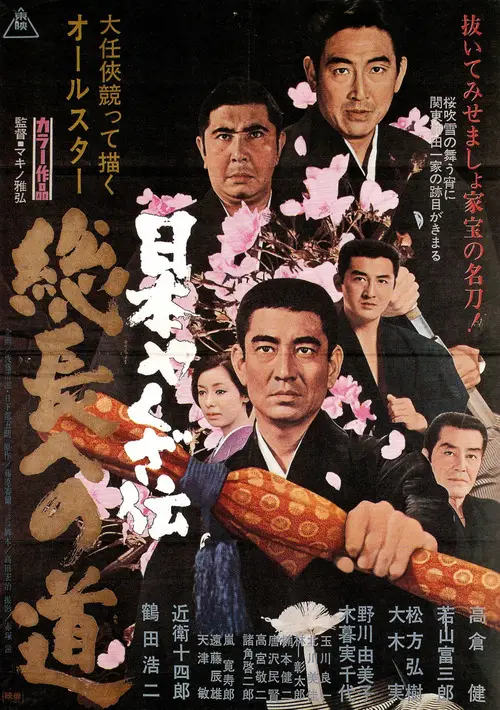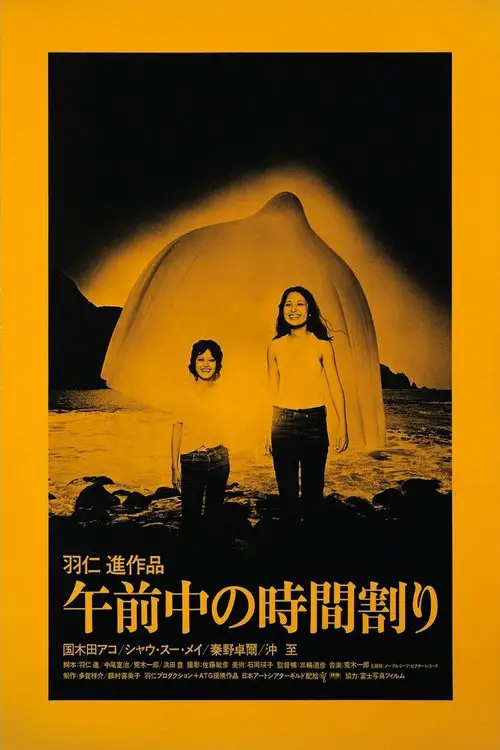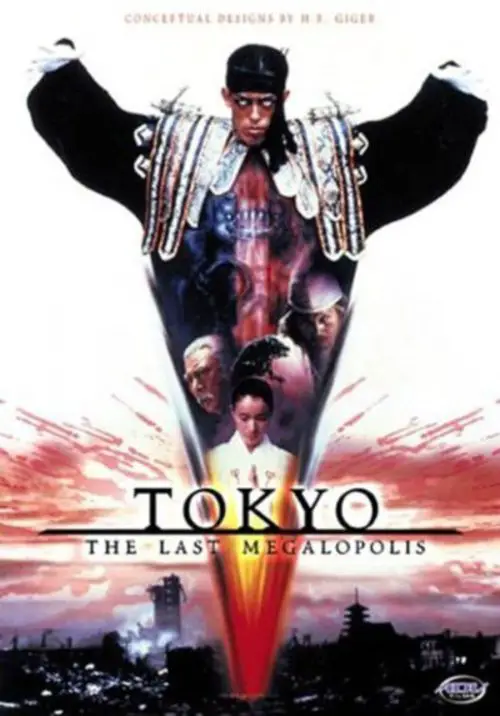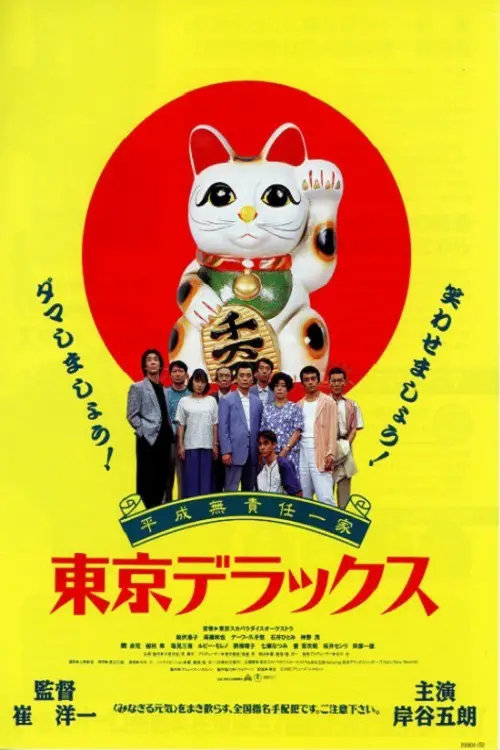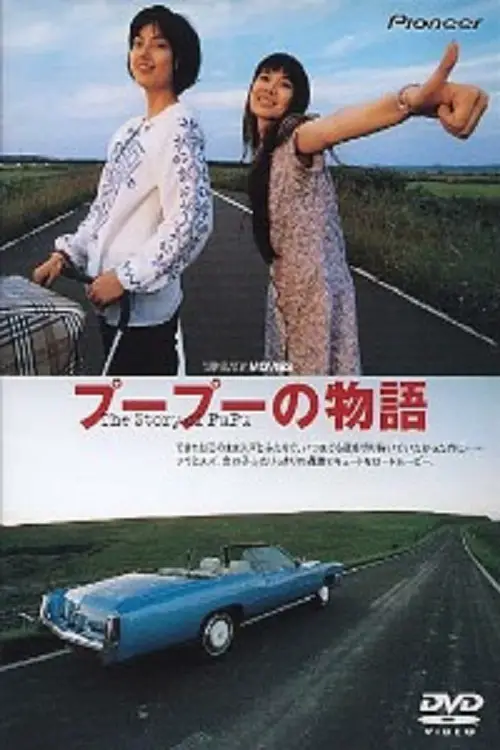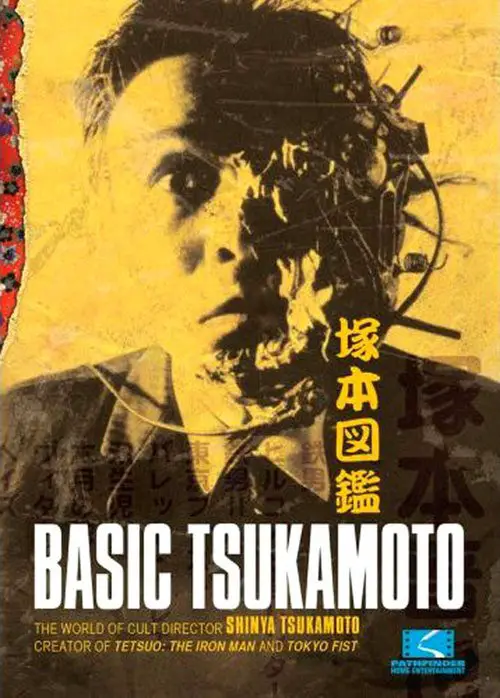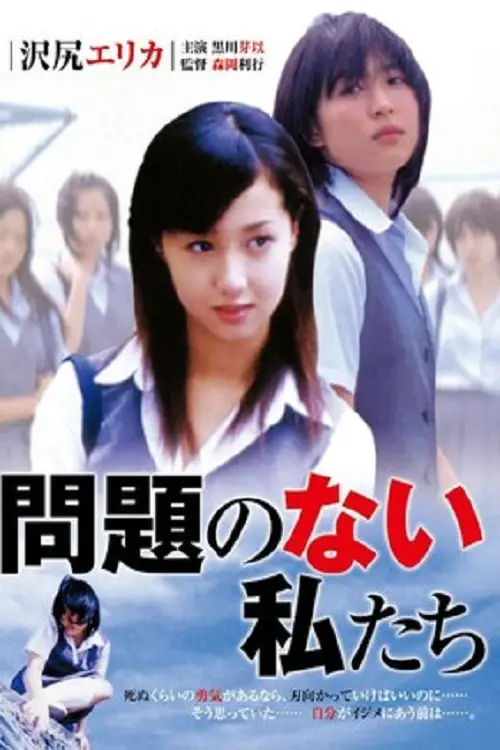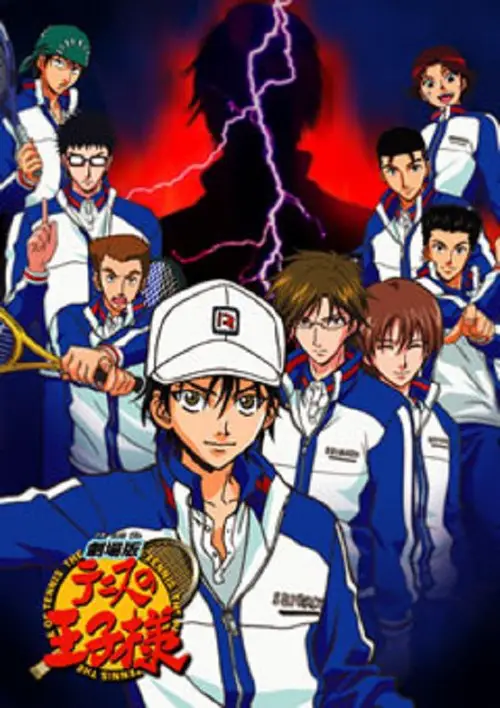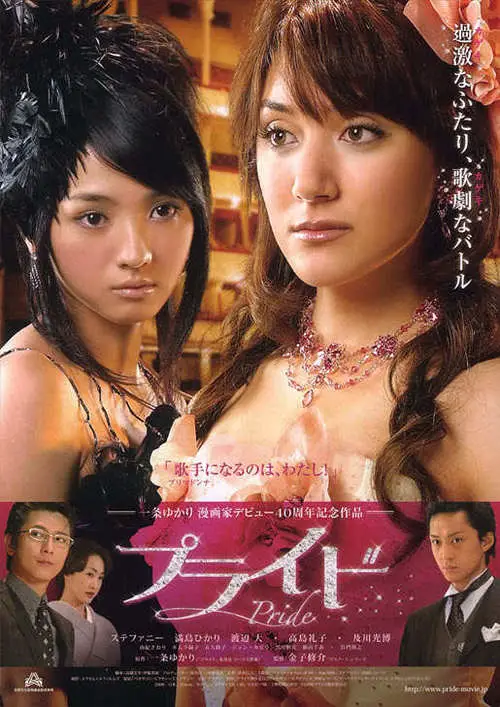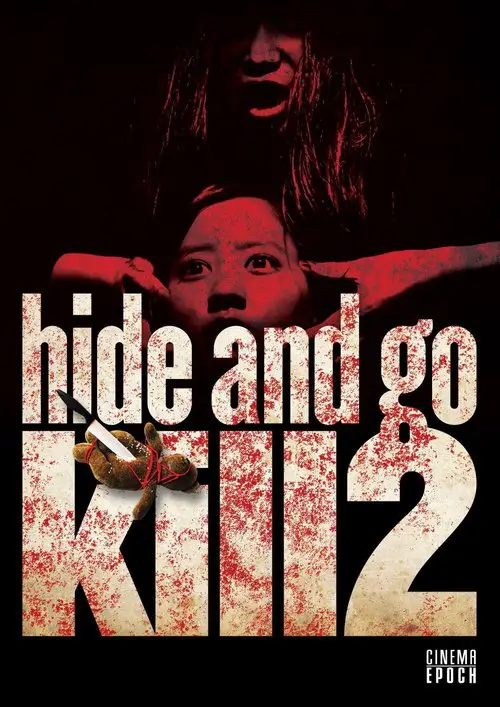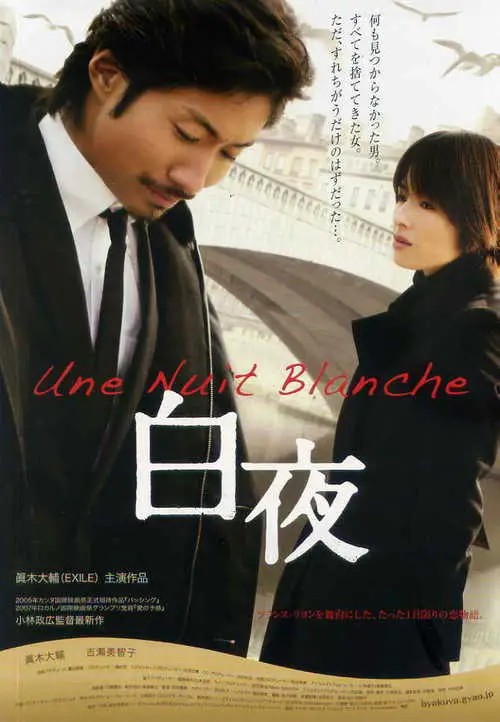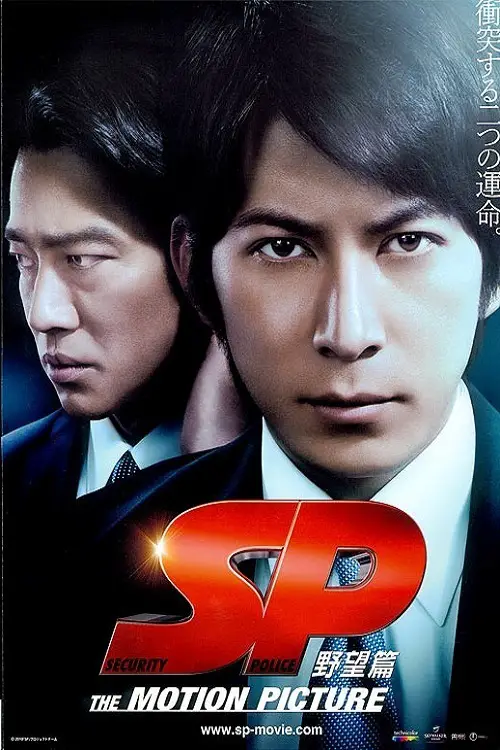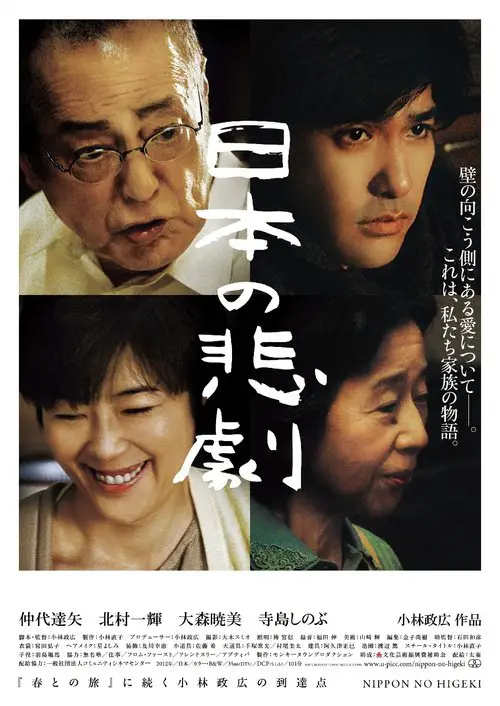Tsuburo no Gara (2004)
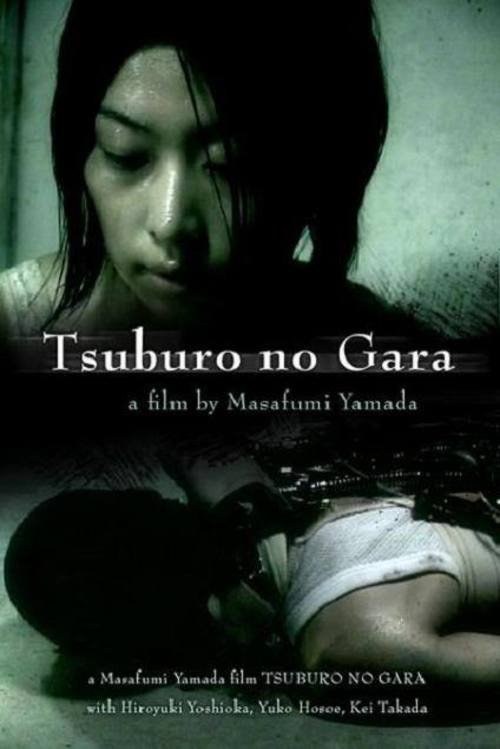
Similar movies
Tetsuo: The Iron Man is a 1989 Japanese cyberpunk film by cult-film director Shinya Tsukamoto produced by Japan Home Video. This, his third film, is an extremely graphic but also strikingly-filmed fantasy shot in the same low-budget, underground-production style as his first two films. Revolving around the transformation of people into grotesque hybrids of flesh and metal, Tetsuo is above all an overwhelming audiovisual experience, set to a brain-pounding score by Chu Ishikawa and complemented by suitably exaggerated sound effects.
The spaceship AAB-Gamma is dispatched from FAFC headquarters in Japan to make a landing on the planet Mars and investigate reports of UFOs in the area. As they near the red planet, they encounter a mysterious UFO that coats the ship's hull with unusual spores. Taking one of the specimens back to earth, it soon develops and grows into a giant chicken-lizard-alien monster that tramples Japan.
Japan sinks! Proving once again that Japan will never cease to find inventive ways to destroy itself on screen, this summer's blockbuster Sinking of Japan brings apocalypse through tectonics. Based on Sakyo Komatsu's best-selling novel, Sinking of Japan was first put on the big screen in Moritani Shiro's 1973 classic. In 2006, director Higuchi Shinji remakes the disaster movie, taking the story to
Set in a future-world vision of Tokyo where the police have been privatized and bitter self-mutilation is so casual that advertising is often specially geared to the "cutter" demographic, this is the story of samurai-sword-wielding Ruka and her mission to avenge her father's assassination. Ruka is a cop from a squad who's mission is to destroy homicidal mutant humans known as "engineers" possessing the ability to transform any injury to a weapon.
Tetsuo II: Body Hammer is a 1992 Japanese science fiction/horror film directed by Shinya Tsukamoto. It is a bigger-budget reworking of the same director's 1989 movie Tetsuo: The Iron Man, utilizing similar themes and ideas to the earlier film (a Japanese salaryman, played by cult actor Tomorowo Taguchi, finds his body transforming into a weapon through sheer rage after his son is kidnapped by a gang of violent thugs.) It was not as well received as its predecessor but it did win the Critic's Award at the 3rd Yubari International Fantastic Film Festival in February 1992.
A young boy gets jolted with electricity as he's climbing a cable pylon. As he gets older, he experiences intense fits of violence in which bolts of electricity burst from his fists. Elsewhere in Tokyo, there is an electronics wizard who also happens to be a vigilante with a taste for electric weapons. When the pair catch each others attention, the result is a battle that will light up the city.
Set in a post apocalyptic Yokohama where the population is kept under rigid control by a homosexual megalomaniac mayor. The citizens are administered drugs to suppress heterosexual urges. Officer Takeshi Honda (Riki Takeuchi) is a hard boiled cop enforcing the mayor's agenda, and RyÅ (Show Aikawa) is a mellowed out drifter that hooks up with a gang of rebels. When the gang kidnap Takeshi's son, it begins a series of events leading to an inevitable showdown.
A traumatized young man abducts Korean leaders, believing they're toxic reptilian aliens - a fifth column launching a takeover of beloved Earth. Stumped law enforcement geniuses half-seriously hire a disgraced, disheveled private detective with a long-ago history of super-crime solving. The alienated South Korean youngster Lee Byeong-gu builds an isolated basement command post/torture chamber/film studio to force the awful truth out of the slimy, uncooperative politicians and businesspeople, then alert the public. Byeong-gu is helped by his devoted girlfriend, who buys his theories, but wonders if his horrible childhood has colored his thinking.
Luchino's routine morning elevator ride up from her subterranean home on level 138 to her school many stories above turns horrific when the elevator operator is ordered to pick up two passengers from floor 99, the maximum security level. What starts as psychological manipulation soon turns wholly physical as both the cruel convicts and Luchino's own dysfunctional past are unleashed. And then every passenger must fight for his or her survival.
Capable of making bio-mechanical weapons out of human flesh, alien parasites grotesquely invade the Earth, turning their hosts into maniacal killers who seek and destroy each other to the bloody death! And yes, it s also a human love story, even though the budding romantics are infested with slimy, tumor-like globules.
Groundbreaking director Mamoru Oshii continues to push the boundaries of art and anime with this universally acclaimed cyber thriller following cyborg detective Batou as he tries to unravel the reasons for a murderous robot revolt in the year 2032. A quest for a killer that becomes a mind bending search for the meaning of life.
Inuyasha and his brother, Sesshomaru, each inherited a sword from their father after his death. However, their father had a third sword, named Sounga, that he sealed away. Seven hundreds years after his death, Sounga awakens and threatens mankind's very existence. How will the children of the Great Dog Demon stop this unimaginable power?
Visions of a bleak, post-apocalyptic urban wasteland strewn with twisted hunks of mechanical wreckage. A rasping electronic buzz on the soundtrack. These impressions kick-start into a jarring, rapid-fire sequence of chrome, neon and showers of sparks alongside the howl of roaring motors, as boys in black leather with Be-Bop High School quiffs ride menacingly out into the night in the theatrical debut from arguably the most important director to emerge from Japan during the 80s. Completed by former punk musician Ishii for his film course graduation from Japan University in Tokyo, this raw-edged biker flick is a tour-de-force of automotive auto-eroticism. Originally shot on 16mm, Toei were so impressed by this violent counter-cultural kick-back against the anodyne fluff that typified early 80s cinema that they blew it up to 35mm for theatrical distribution.
Saburo is a high school student good in sports, but not very good with his studies. One day, Saburo travels back in time and arrives in the Sengoku period of 1549. There, Saburo meets Nobunaga Oda who looks and sounds just like Saburo. Nobunaga Oda is the son of a warlord and magistrate of the lower Owari Province. Nobunaga Oda though is physically weak and he asks Saburo to take his place. Then, Saburo as Nobunaga Oda attempts to unify the country of Japan.
Following in the aftermath of a terrible Demon-Human war, turn of the century Japan is preparing a new fighting force in case the demons decide to return. A squadron of giant robots are built to be controlled by the spirit of the pilot, but it is discovered that the only people with sufficient spirit are young women. After recruiting a team of youths from around the world, the Japanese government decides to keep them a secret by disguising them as a theater troupe, thus requiring them to spend as much time memorizing Shakespeare as they do on military training.
When her only relative, her elder brother is accused of robbing and murdering an old woman loan-shark, pretty, young Kiriko (Chieko Baisho) travels from her home in Kyushu to Tokyo to get Japan's top lawyer to defend her brother. Unfortunately her naive idealism is shattered when the lawyer refuses to take the case based on her insufficient funds. What follows is a long determined revenge plot that sees the heroine become a Tokyo bar hostess and worse to punish the lawyer. The plot thickens with another murder mystery and a sleuthing reporter.
One day, Itsumi Shiraishi dies at Seibo Maria Girls High School. She falls off from the rooftop of a school building. Itsumi is the daughter of the administrator at the school and she was envied by all the other students there. Did Itsumi kill herself or was she killed accidentally or intentionally? At the time of her death, she held a lily of the valley flower in her hand. A rumor spreads that somebody in the literature club killed Itsumi. Itsumi was the president of the literature club. A friend of Itsumi, Sayuri, is now the president and she holds a regular club meeting, reading stories written by members.
A man's body is found under the statue of a winged kirin in the Nihombashi area of Tokyo. A suspect named Yashima has a car accident and falls unconscious while he is attempting to run away. Yashima's lover Kaori comes from Fukushima and tells detectives that he is absolutely not a criminal. Meanwhile, Detective Kyoichiro Kaga's (Hiroshi Abe) investigates and uncovers a point of contact between the dead body and Yashima. A hidden fact of the victim is revealed which even his children did not know about...
It was five years ago when Minako spent a night with Sozo, younger brother of her ex-husband. She now lives in a local town with a rich old man who owns a dry goods store. Minako travels to Tokyo on business every three months, during which time she continues to meet Sozo, who has married the daughter of his respected teacher.
Michiko Oshitani, who lived in Shiga Prefecture, is found dead at an apartment in Tokyo. She was strangled to death. Mutsuo Koshikawa is the owner of the apartment and he goes missing. Detectives including Yuhei Matsumiya who is a cousin of Detective Kyoichiro Kaga , have difficulties in solving the case. They can't find a connection between Michiko Oshitani and Mutsuo Koshikawa. They soon learn that Michiko Oshitani came to Tokyo to visit Hiromi Asai . They graduated from the same school, but there isn't a connection between Hiromi Asai and Mutsuo Koshikawa. Detective Yuhei Matsumiya finds something near Michiko Oshitani's body. That something has the names of 12 bridges surrounding the Nihonbashi area of Tokyo. Detective Kyoichiro Kaga learns of the clue and becomes agitated. There's a connection with his late mother
The film generally regarded as Japanâs first true musical was also the first film made entirely in-house by the pioneering studio P.C.L., a company founded specifically to take advantage of emergent sound technology. P.C.L. worked in collaboration with a brewerâs firm, Dai Nihon Biru, who met the production costs of the film in full, and whose products are featured in the film in an example of the sophisticated and modern merchandising typical of the studioâs early work. The film is partially set in a beer hall, and its story concerns a beer seller at a train station and her relationship with a music student trying to create a hit song. Director Sotoji Kimura was to become a company stalwart, making such films as Ino and Mon, while actress Sachiko Chiba would emerge the studioâs first real star, appearing in such films as Wife Be Like a Rose.
When Bussan learns he has less than a year to live, he decides to continue his life as usual. He spends his time with his friends, a band called Kisarazu Cat's Eye. Their funny adventures range from playing gigs to solving a mystery surrounding counterfeit money, but Bussan's impending death is never far away.
At the close of the war in Japan, a widowed mother makes every possible sacrifice to bring up her ungrateful son and daughter who are unimpressed with their poor standard of living at home. They gradually reject her in search of the material comforts that working as a maid cannot provide. The mother's despair becomes interminable.
Businessmen arrange the early release from prison of Togawa, serving time for taking revenge on the truck driver whose carelessness confined Togawa's sister, Rei, to a wheelchair. They want Togawa to hijack an armored truck loaded with 120 million yen; their leverage is to promise him money for surgery for Rei. Togawa consents and plans the heist with three others. The plan is solid, but it doesn't go smoothly. Togawa must improvise, there are traitors somewhere, and double-crosses mount. Can Togawa escape with enough money to help his sister and ensure a passage out of Japan?
The film is told in three acts, beginning with a historical background of Japan's student movement of the 1960s and early 1970s, mostly using archive footage and a narrator. The second act follows the formation of the group to their mountain training camps in the southern Japanese Alps. It emphasizes the dogmatic (and eventually hypocritical) bullying of the group by Mori and Nagata, with 12 members being killed for infractions as small as improperly cleaning a gun, wearing make-up, and kissing. The third act shows the splitting up of the group after two members run off. It follows one group of five members to Karuizawa and a hostage-taking and police standoff known as the Asama-SansÅ incident.
Set in the port city of Yokohama, two girls, Sunako and Dora who attend a Christian school, pledge to be friends. But when a youth named Henry appears on his motorcycle and offers to take Sunako for a ride, we know that this friendship won't last and that the lives of both girls will change in ways they are barely able to comprehend, and can do little to change.
Setsuko Hara plays Fumiko, whose unsuccessful marriage has made her become more and more cynical. When her niece, Ayako visits and complains about her own marriage, she is unsurprised. Meanwhile, a new couple, whose marriage is similarly unblissful, moves in next door. The two couples create a very awkward bond that could ruin both marriages, but everyone seems to be aware and nobody cares either way. [Cinema Talk Blog]
Nagisa Oshimaâs most personal film is a reflection by the director on his own disillusionment with the revolutionary student movement of the 1950âs and the failure of political radicalism. Taking itâs title (as a reference or homage) from Alain Resnaisâ pivotal 1956 documentary Nuit et Brouillard, the film has a group of former student revolutionaries who meet again years later at the wedding of one of their classmates. Old feelings, rivalaries and grudges gradually erupt to the surface as the one-time friends recall the various treacheries by which their cause was defeated. Cutting between times past and the present, and unfolding the action from each of his characters viewpoints, Oshima creates an abstract and yet engrossing study of passions past and principles eroded. âYume Pictures
Daisuke Honda, a war photographer in Vietnam, meets Yuriko Sawanouchi, a stewardess on his plane back to Japan. After drinking with her at a Tokyo bar, he becomes involved in saving Yuriko from assassination by stylish, female ninjas. When trying to rescue Yuriko from kidnappers, Daisuke discovers a group of foreigners are hunting for a WWII-era treasure hidden on an island by Yuriko's father.
Following the detonation of the atomic bombs on Hiroshima and Nagasaki, the Japanese military and the government clash over the demand from the Allies for unconditional surrender. Minister of the Army Anami leads the military officers who propose to fight on, even to the death of every Japanese citizen. Emperor Hirohito, however, joins with his ministers in asking the unthinkable, the peaceful surrender of Japan. When the military plots a coup to overthrow the Emperor's civilian government, Anami must face the choice between his desires and loyalty to his Emperor.
A sex-obsessed young woman, a suicidal young man she meets on the street, a gun-crazy wannabe gangsterâthese are just three of the irrational, oddball anarchists trapped in an underground hideaway in Oshimaâs devilish, absurdist portrait of what he deemed the âdeath driveâ in Japanese youth culture.
In the Sengoku period, a woman and her daughter are raped and murdered by soldiers during a time of civil war. Afterwards, a series of samurai returning from the war through that area are found mysteriously dead with their throats torn out. The governor calls in a wild and fierce young hero to quell what is evidently an OnryÅ ghost. He encounters the two beautiful women in an eerie, beautiful scene. After spiritual purification, he meets the demon in a thrilling fight.
Fu and Suzu are two pretty anarchist girls who decide to take to the road. They set off on a journey to visit the tomb of a small pig by name Pupu. On the way, Suzu decides to drop in on a man with whom she had had an affair in the past. All would indicate she would like to blackmail him. Going their way, they meet a gay couple and a golf player in a blue convertible.Because of Suzu's unbalanced personality, they are always in trouble. Wherever they may be, however, the hero TrunkMan invariably appears in time to save them. Suzu eventually falls in love with the hero, all of which makes for a delicate situation as regards Fu who decides to leave her.
Interview with world renown cult director Shinya Tsukamoto. This interview will tell you how and when he started creating his own world of cinema exactly the way he thought it should look. Also he is an accomplished actor appearing in many films directed by other directors like Takashi Miike (Ichi the Killer). The interview includes very rare footage of never released films like "10000 Channels" his TV commercials and rare footage of live shows at the Kaijyu Theater in Tokyo.System
Mio Sasaoka hears of a middle school student that was a victim of bullying and then committed suicide. Mio thinks the girl should have confronted her tormentors rather than committing suicide. Mio herself is the leader of a group of students at her school. She is a bully. Her main target is Maria Shiozaki who is weak. Mio pushes her into the swimming pool and scribbles on her book, justifying her actions because Maria is disagreeable.
The regular players from Seigaku participates in an exhibition game aboard a cruise ship. However, they discover that the event is being run by a corrupt millionaire heavily involved in illegal gambling and betting, who demands that they lose the match on purpose. To add to the confusion, one of the players on the rival team introduces himself as Ryoma's brother.
An aspiring hair dresser (Kuriyama) becomes the infatuation of a tricophilic man who sells hair extensions to nearby hair salons. The source of the hair is the corpse of a girl whose dead body continues to grow beautiful, voluminous, black hair that comes alive, driving those who use the extensions insane or killing them.
When her classmate Ritsuko disappears, her friend Ryoko is desperate to find her. When she discovers that Ritsuko was playing a strange game online of hide and seek, she begins to wonder if it could be related to her disappearance somehow. Ryoko then discovers that the game is more sinister than it appeared at first. It is linked to demonology and the supernatural. Will she be able to get past her fears and superstitions to discover what secrets the game of hide and seek might hold?
At an event hall in Roppongi Hills, there is a charity event for landmine eradication. Kaoru does security with Security Police officers Soichiro Ogata, Eri Sasamoto, Takahumi Yamamoto and Mitsuo Ishida. Kaoru Inoue senses a threatening existence and starts to suffer a severe headache and becomes dizzy. When Kaoru was young, his parents were killed by terrorists and that incident has had an traumatic effect on Kaoru since.
Teacher Akira Suzuki (Hiroki Hasegawa) breaks away from long held customs and norms at his school. He tries hard to have the ideal classroom by using his own "Suzuki method". The new semester begins. His homeroom 2-A class is about to have a student council election and preparations for a school festival. A man (Shunsuke Kazama) then takes a female student hostage ...
© Valossa 2015–2025
| Privacy Policy
